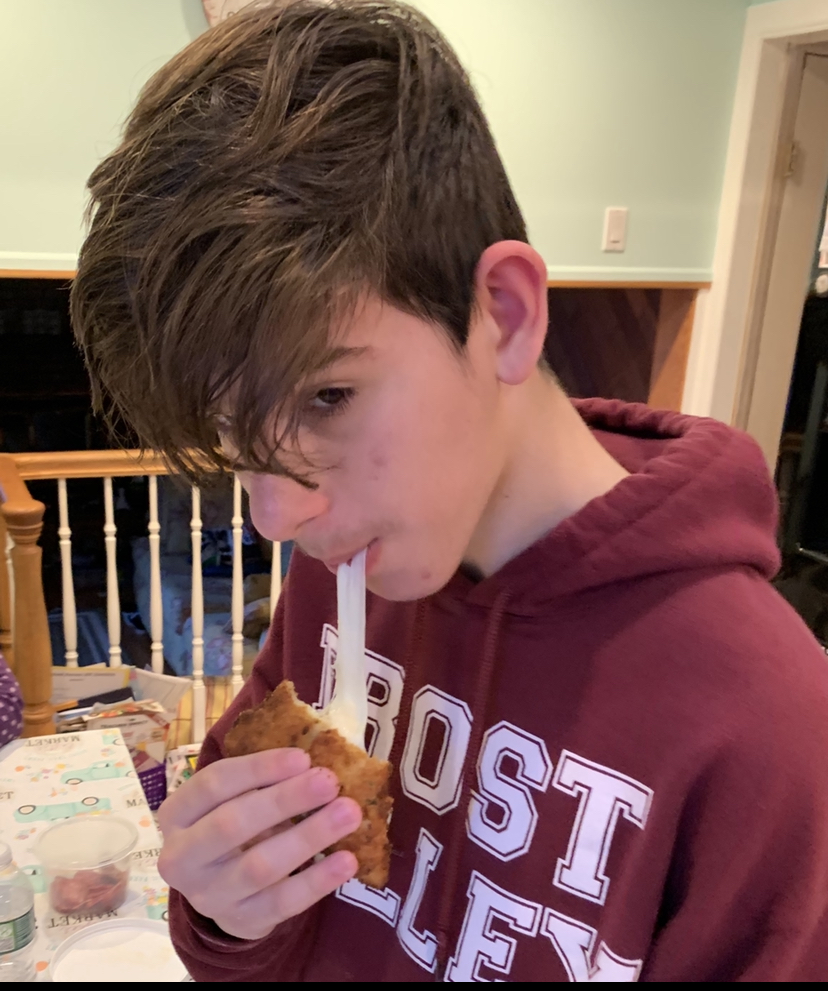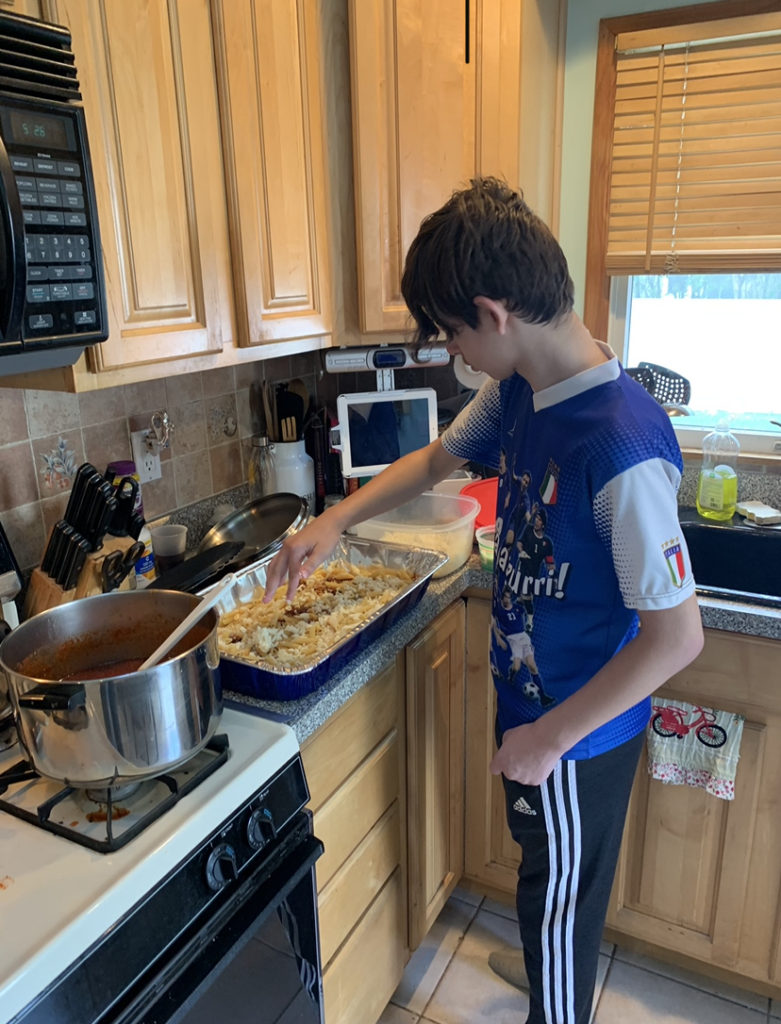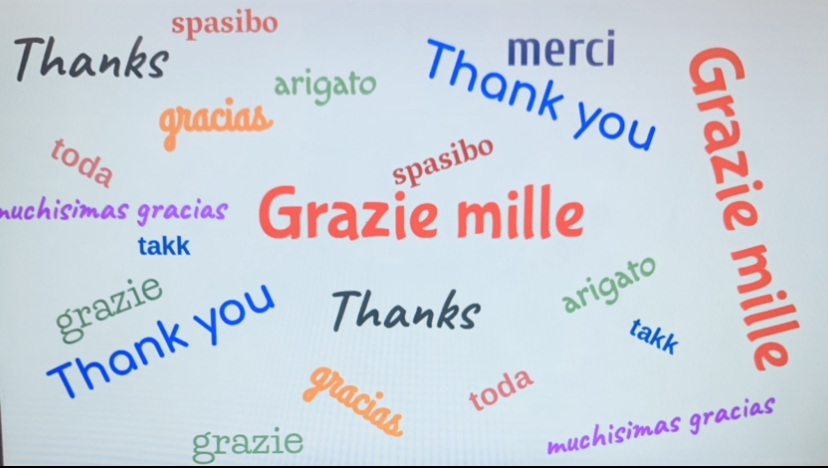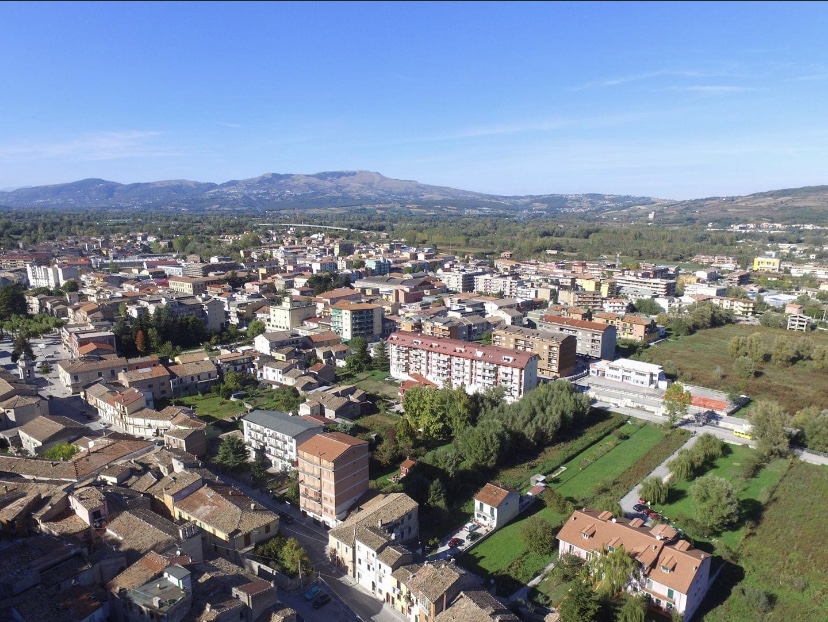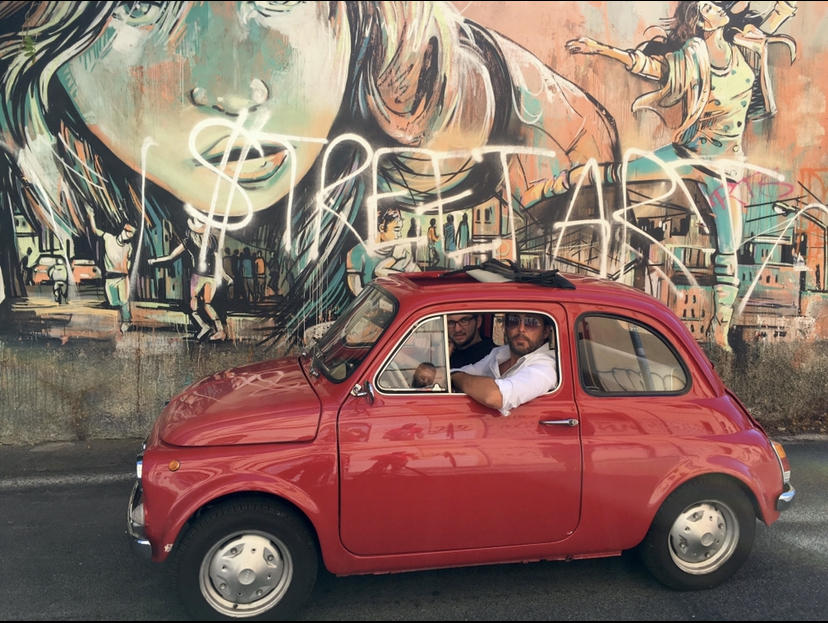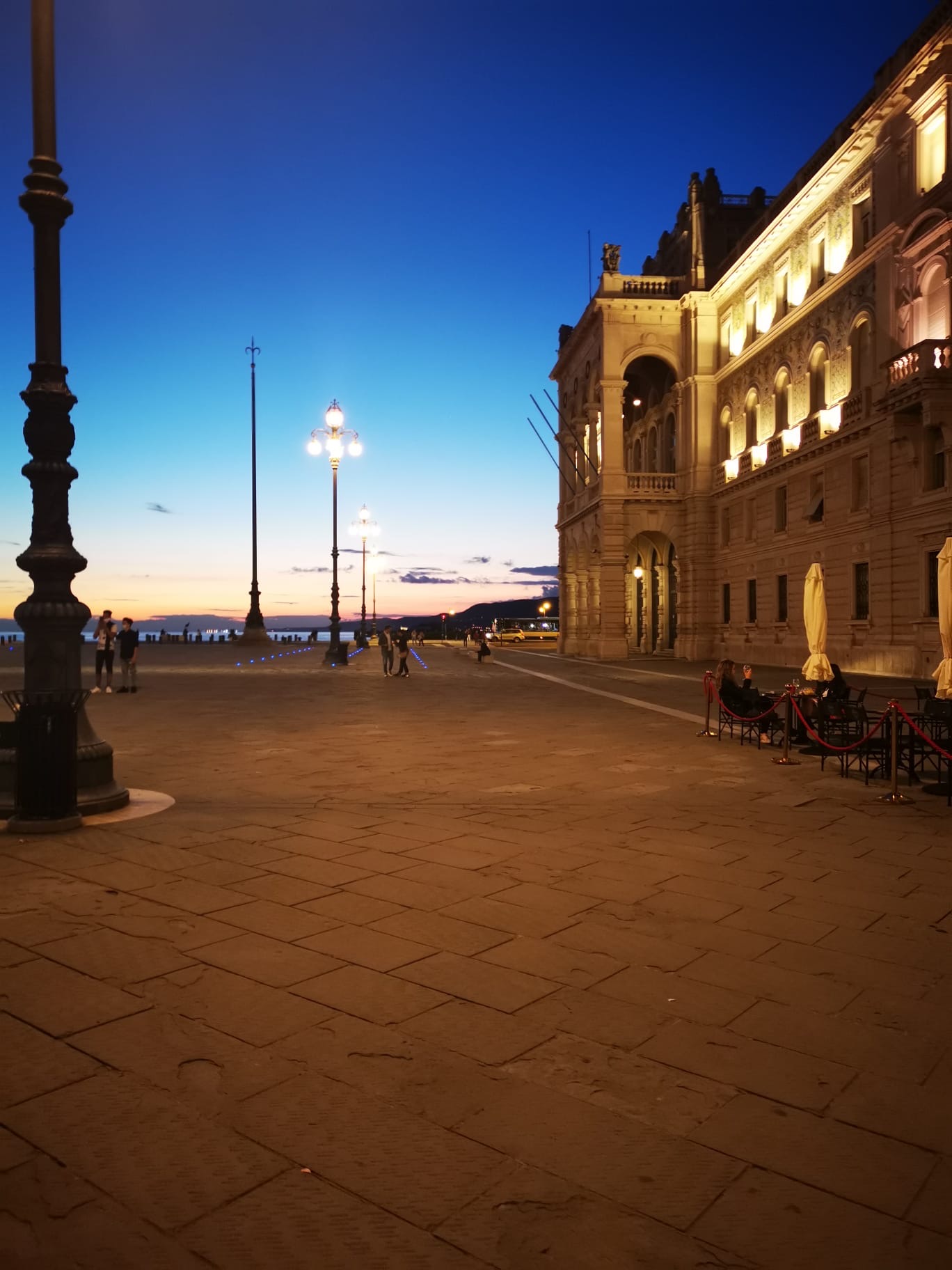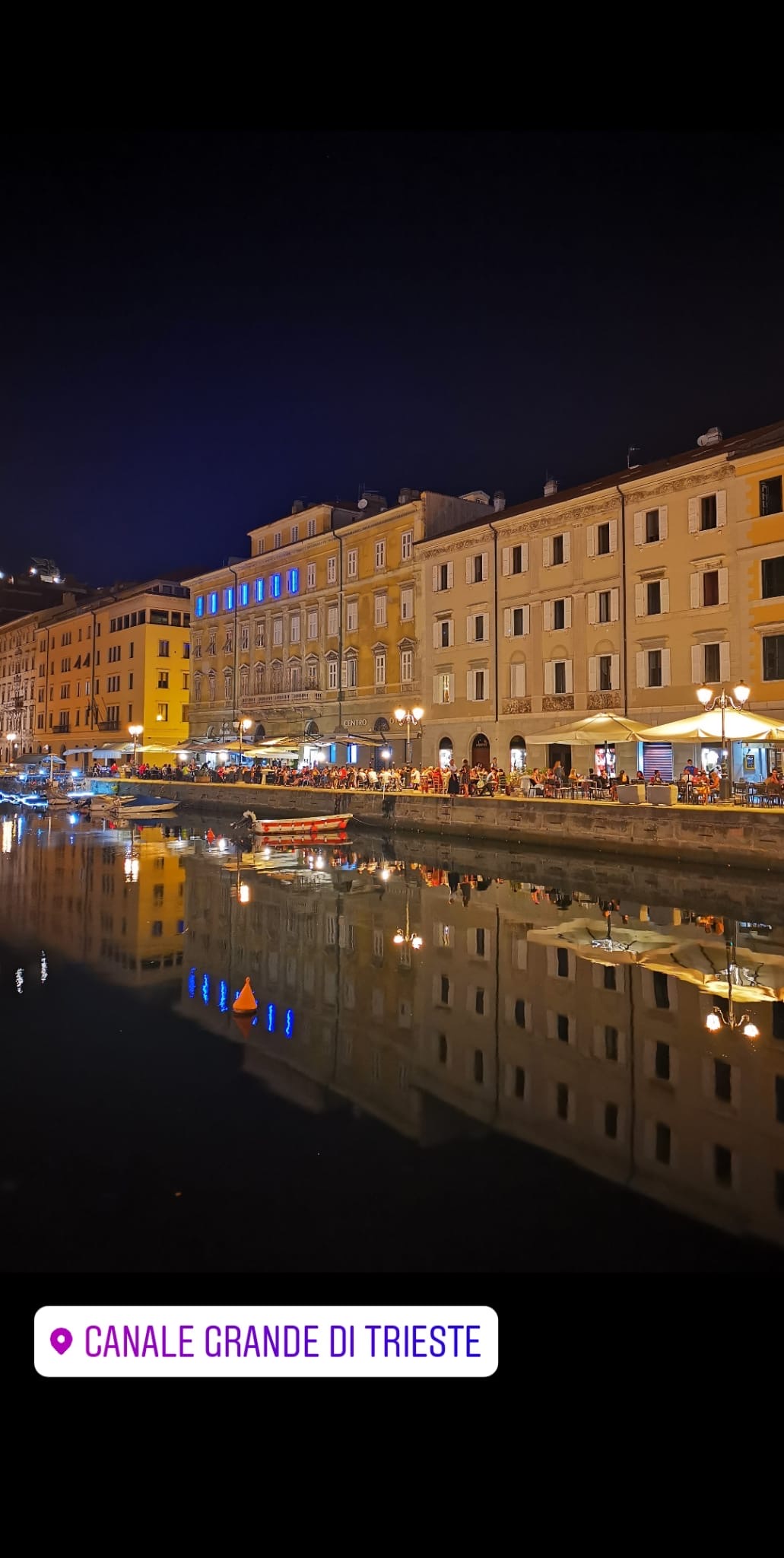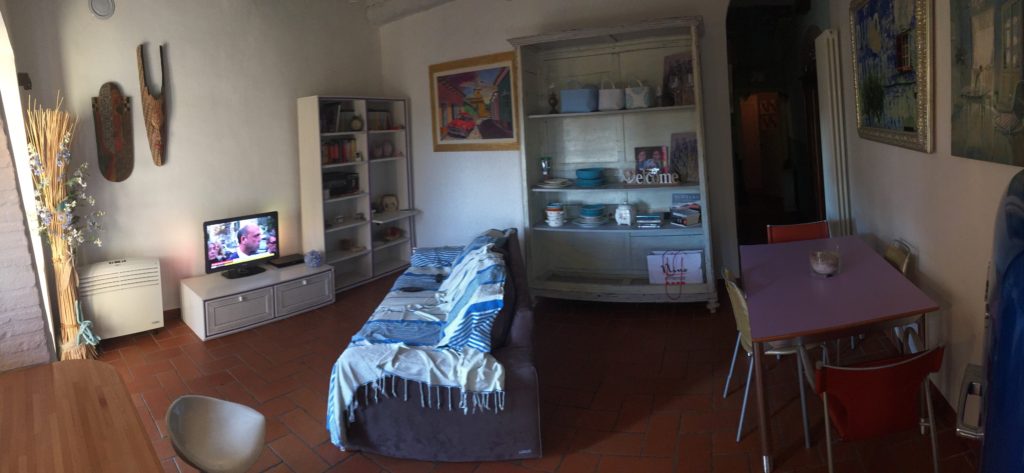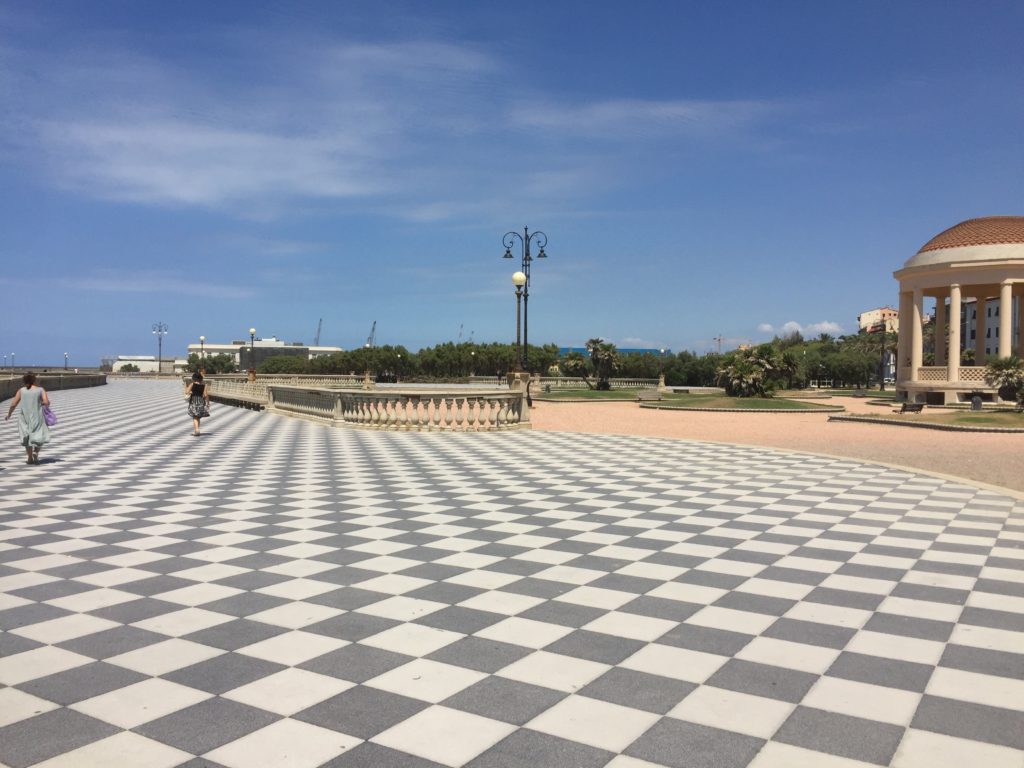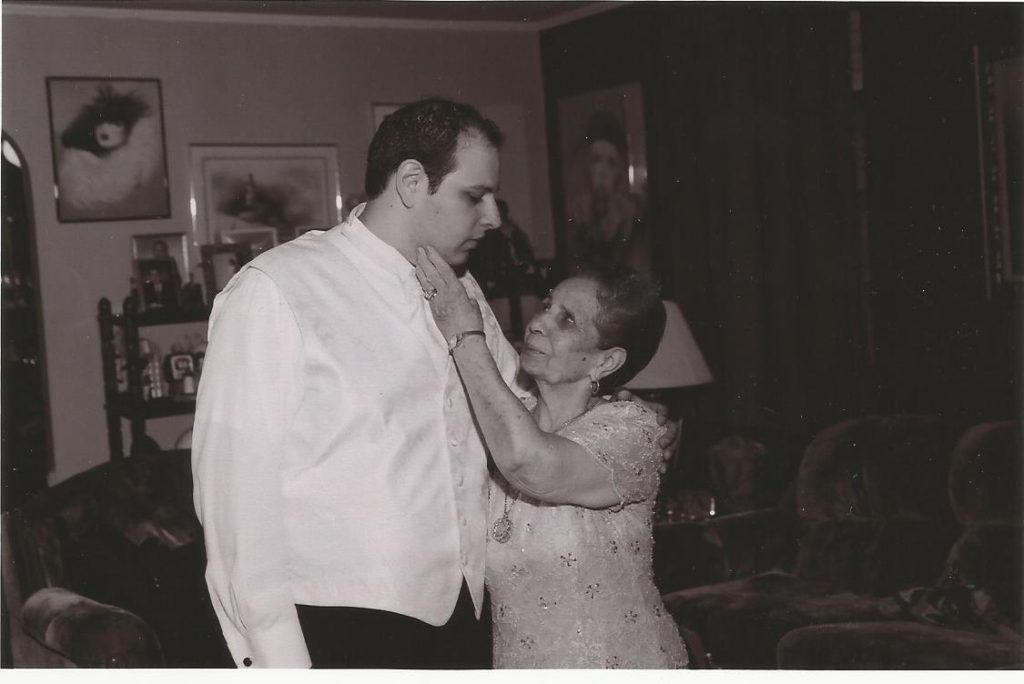If there is one thing that I could do for hours and hours on end, it’s listen to music. Music is one of the most comforting companions. There are songs for just about every mood. A day without music for me in unimaginable. On the way to work, in the background while at work, on the way home from work, while I’m cooking dinner and then doing work after dinner. If I’m cleaning, music is probably just about as loud as I think I could make it before my family wants to kill me. As I write this, the speaker in my kitchen is cranking out music from my daily mix on Spotify.
By now I think that most people who know me are used to me quoting songs, breaking out in song because someone said something and it made me think of a song. My wife will often test me on songs she has Shazamed (Shazam is an app that will tell you want song is playing). I’ll be teaching and a song will pop into my mind and I’ll have sing a bit of it as my students look at their crazy teacher sing off-key as if it were just another normal part of our lesson.
Without music, life would be a mistake.
Friedrich Nieitzsche
I didn’t have much in common with my father but the one thing we did share was a love of music. Like me, he was always listening to music. His favorite was music from the 1950’s and 1960’s but also like me, he could appreciate just about any kind of music. His first cousin, Mort Shuman, was an incredible songwriter who wrote songs for Elvis Presley, Dion, Fabian and The Drifters, to name a few. My father was so proud of this and maybe that was what made him enjoy that music so much or maybe he, like me, just felt that music was almost as necessary as breathing. Whatever it was, we shared this. Here’s a true story about us. On a cruise to Canada, my dad had put my name on a piece of paper to participate in an on-board game show. I was so angry that he put my name on that paper because the last thing I wanted to do was to be on a stage on a cruise ship. Naturally, my name was called and I told him that since he put my name on the paper, he had to be the one who went up on stage with me. Who could have known that the first questions would be something like name that tune? The first one, Madonna. I got that in like half a note. Don’t even insult me. The next, Ace of Base. (This should also tell you about when this was – about 20 years ago). We were unstoppable and we won it all – champagne, lithographs, a ship on a stick and excursions. Now that I think of this, it is probably one of the best memories that I have of us together.
Something I sadly have to admit is that I lack any and all musical abilities. Some people are born with it, some can learn to develop their abilities. I, on the other hand, have never been able to learn to read music, play music or sing well. Nonetheless, I have a deep, emotional connection with music and honestly, I am perfectly happy just singing along (badly) to every single song.
So how does this fit in with being grateful as an Italian-American? Well, no genre of music has ever truly turned me off. I can appreciate just about any kind of music but Italian music has a place in my life that other music can’t live up to.
When I first decided to learn the language of my grandparents, I didn’t realize that taking courses would not be enough and that music would quickly fill that void. After my first two courses, I realized that I needed more input. I needed input that would be more appealing to me. Input that I could interact with and that would bring me to the next level. Enter Laura Pausini and many artists to follow.

I bought my first Italian music CD at Tower Records. For more on this story, check out my post, You should be streaming Italian music!. This CD by Laura Pausini changed my life because it introduced me to the best way for me to learn the language. Laura’s voice literally sand to me and made me want to know what she was singing. After that, I listened to other artists and watched the Sanremo Music Festival. I built my collection and my vocabulary. I do believe that it changed my trajectory and helped me achieve success in the language and eventually become a language teacher. To this day, I use music whenever possible to help my students because I know that music has the power to take your comprehension skills to a new level. So many of my students have downloaded songs that we have discussed in class and knowing that makes my heart sing. They also get a huge kick out of watching their teacher make a fool of himself singing and dancing along to the music. And they know if a new Laura Pausini song comes out, there is no way we’re not going to listen to it. And that happened just a little over a week ago, when Io sì came out. You just cannot deny her voice (and if you need a translation- she has a English version but nothing will compare to the Italian version.
















